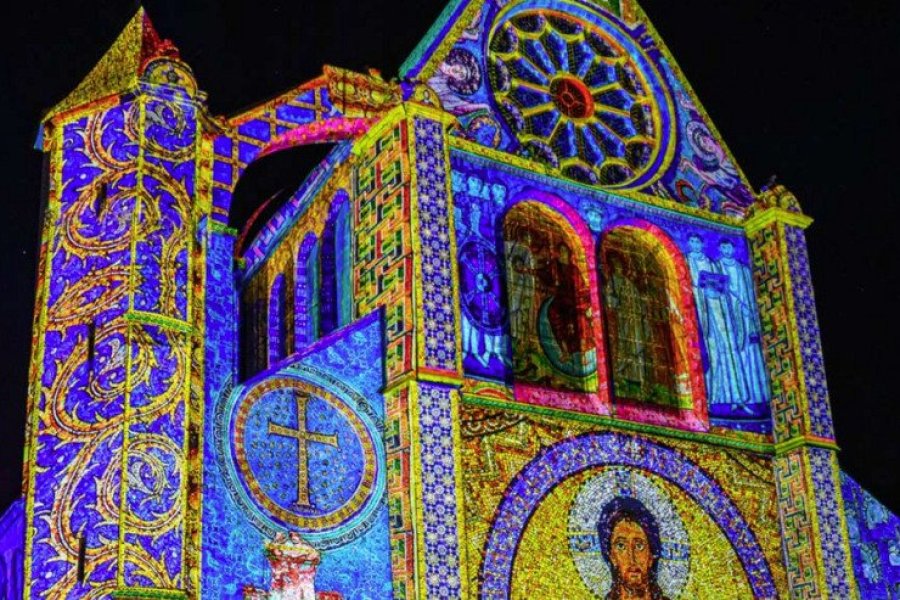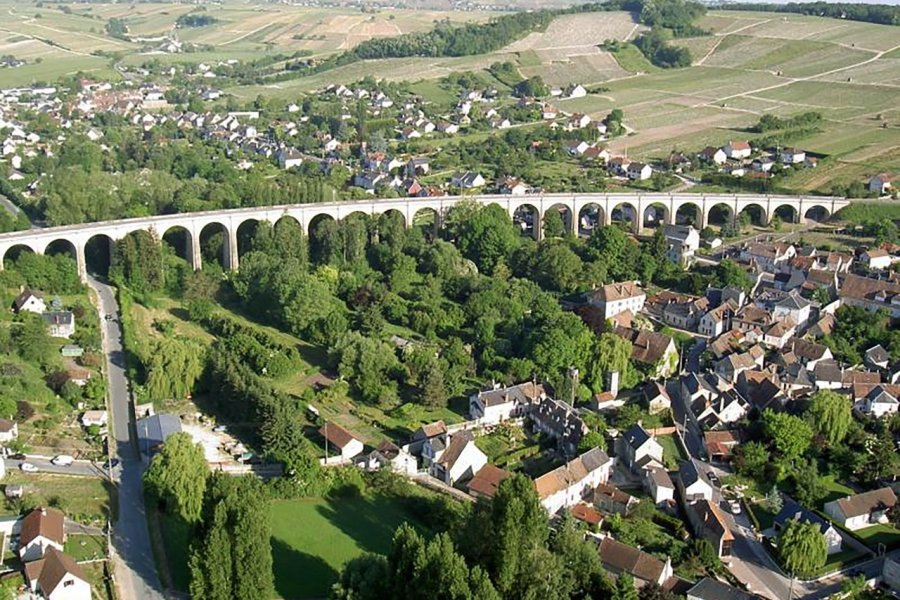In May, "Mouvement" exhibition, Galerie d'Art Wilson, Blois.
Proposed"> by pfute_17120522151026
From 05/02/2024 to 06/01/2024 : In May, "Mouvement" exhibition, Galerie d'Art Wilson, Blois. In May, the Galerie d'Art Wilson, Blois-Vienne (23, Avenue du Président Wilson) ...















